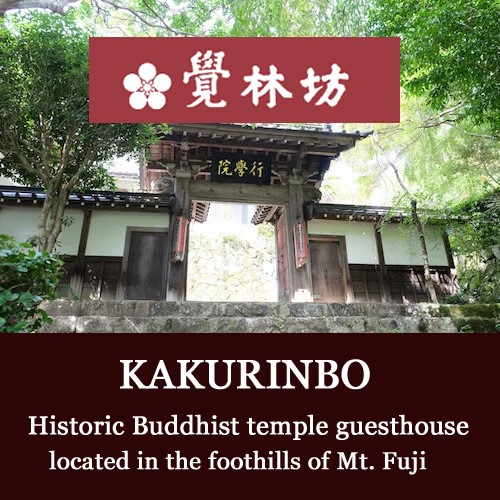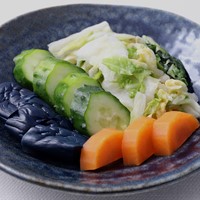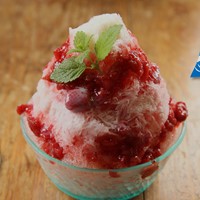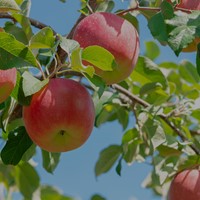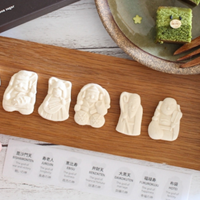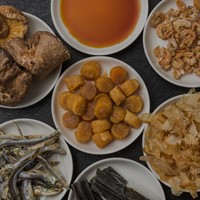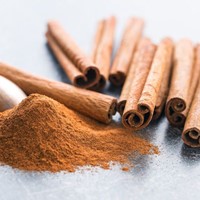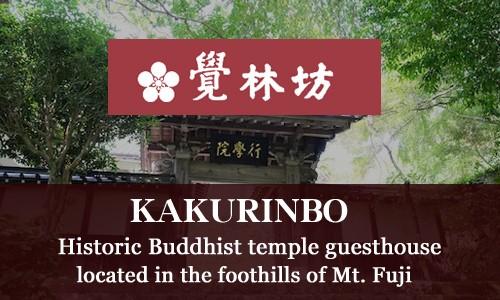What is Shojin Buddhist Cuisine? Try it at Minobusan
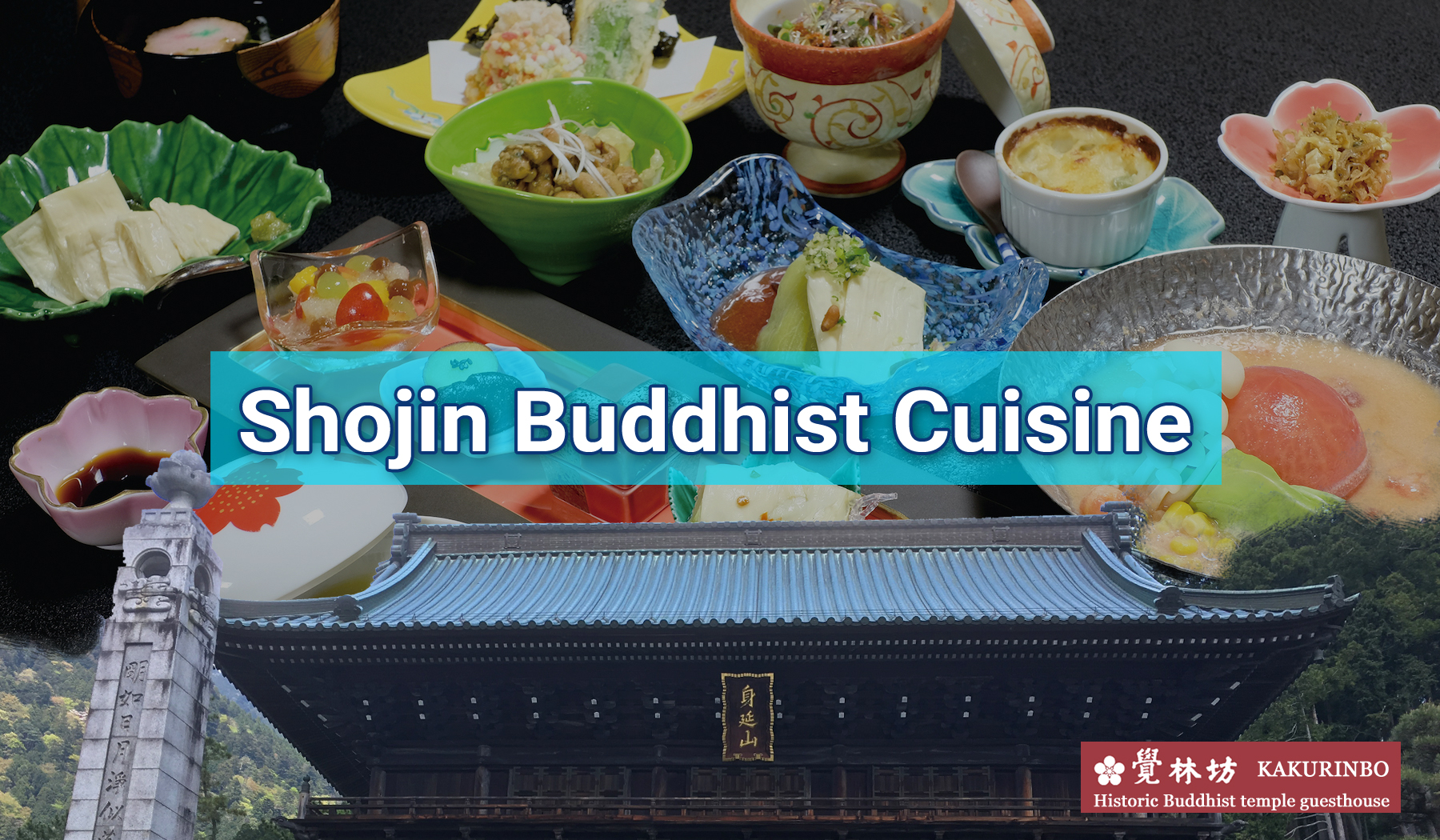
This article is contributed by KAKURINBO.
Located in Minobu (population approx. 10,000) in southern Yamanashi Prefecture, Minobusan is a Buddhist enclave that is home to Kuonji, the head temple of the Nichiren sect.
Nichiren Buddhism first arrived in Minobusan some 750 years ago. To reach Kuonji, the visitor must climb the 287 “steps of enlightenment.” These begin at the great Sanmon gate, which is guarded by Nio guardians and houses 16 rakan statues. On both sides of the steps rise huge cedar trees that were hand-planted by Nitcho-shonin, who, as 11th head priest of Kuonji, was instrumental in revitalizing Nichiren Shu Buddhism. At the top of the steps can be found a five-story pagoda and the Great Hall, the ceiling of which depicts an enormous dragon painted by Kayama Matazo.
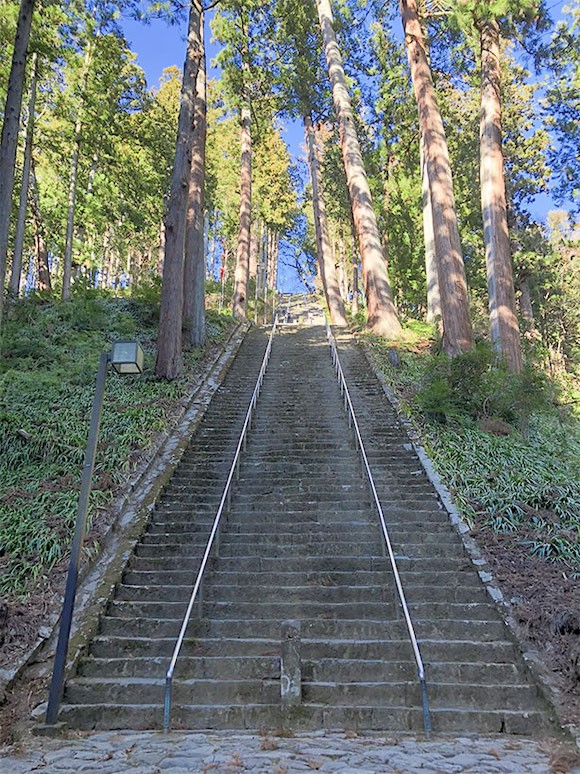
Below Sanmon is the teramachi, or temple town, of Minobusan. It was once a thriving community that boasted numerous stores and eateries serving pilgrims who came from across Japan. However, rural depopulation and the decline in religion have greatly impacted Japan’s temple towns in recent years.
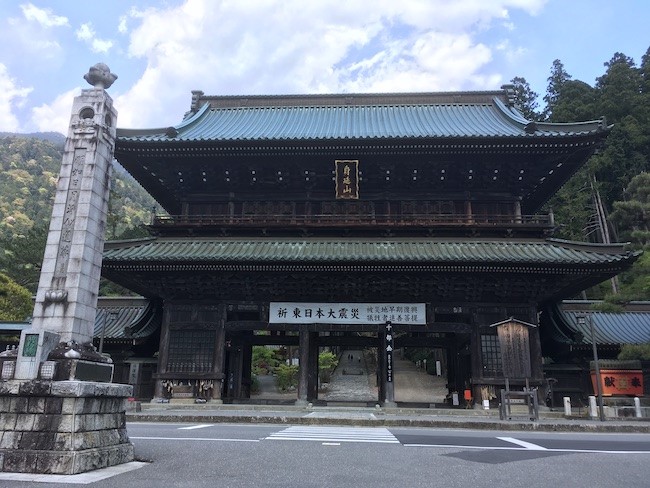
Although Minobusan has not been spared, history and deeply entrenched Buddhist customs remain strong here and are very much part of daily life for the local residents. One of these customs centers on food. In 2013 washoku, or traditional Japanese cuisine, was designated a UNESCO intangible cultural heritage. Even in Japan, washoku is viewed as a cultural tradition that requires effort if it is to be preserved.
What is exactly Shojin Ryori (Buddhist Cuisine)?
In general, Shojin Cuisine does not use meat or fish, but rather vegetables, grains, seaweed, beans, fruits and other vegetables. Dairy products such as butter and cheese are also not used. Furthermore, vegetables with a strong smell called "Five Forbidden Pungent Roots(Gokun)" such as leeks, garlic, chives, and onions are not used as they disturb the lust and the mind.
Shojin ryori, the traditional cuisine of Japan’s Buddhist clergy, remains very much alive in the country’s teramachi even as it evolves to appeal to a wider audience. The word "shojin" means devotion to pursue a perfect state of mind, while “ryori” means cuisine. To prepare shojin ryori is, in itself, part of the practice of Buddhism.
The two specialties of Minobusan are both intrinsic parts of the Buddhist diet. Yuba, or bean curd sheets, have long been consumed across Japan as a high-protein alternative to meat, while Akebono soybeans, which are more than double the size of everyday soybeans and have twice the nutritional value, are unique to Minobu.
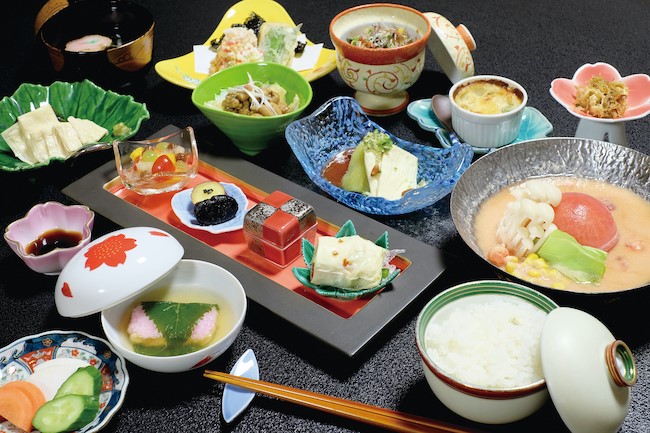
Although the makeup of shojin ryori differs depending on denomination and practice, most Buddhist priests strictly adhere to the rules of the diet as part of their ascetic training.
Buddhist cuisine has various rules and which ingredients are used can differ widely. However there are principles that have been passed down over the centuries. Recently, various diets, such as vegan, vegetarian and halal, have been introduced to Japan from overseas. Shojin ryori as a Buddhist practice aimed at improving the mind and body is jikido (personal attainment through food) unique to Japan.
Where to Taste Shojin Ryori
Kakurinbo, a temple lodging in Minobusan, combines the principles of shojin ryori with elements of washoku to offer an interesting and appetizing take on traditional Buddhist cuisine. In 2015, to mark the 550th anniversary of the temple’s founding, Kakurinbo created a special temple lunch that makes the enjoyment of yuba, Akebono soybeans and tofu more accessible to the general public. The lunch is also an attempt to attract more visitors to Minobusan and reignite an interest in washoku.
Fully vegetarian, low in calories, high in protein and vitamins and served on beautiful tableware, the lunch is easy on both the eye and the body. For dessert, soymilk ice cream is served alongside four kinds of confiture homemade from locally harvested fruit. Yamanashi in known as Japan’s fruit basket and there is an abundance of produce available throughout the year. Kakurinbo makes use of fruit that would otherwise be discarded due to seasonal surpluses and, by doing so, contributes to the local economy.
Nowadays, food is available 24 hours a day, whether from convenience stores, fast food outlets or online stores. Shojin ryori offers something quite different, as the concept of jikido implies. It is eating for happiness and wellbeing, taking satisfaction in the craftsmanship of cuisine and contributing to the preservation of an important cultural asset.
Click the photo below to find out more about the Shojin Ryori at Kakurinbo.
